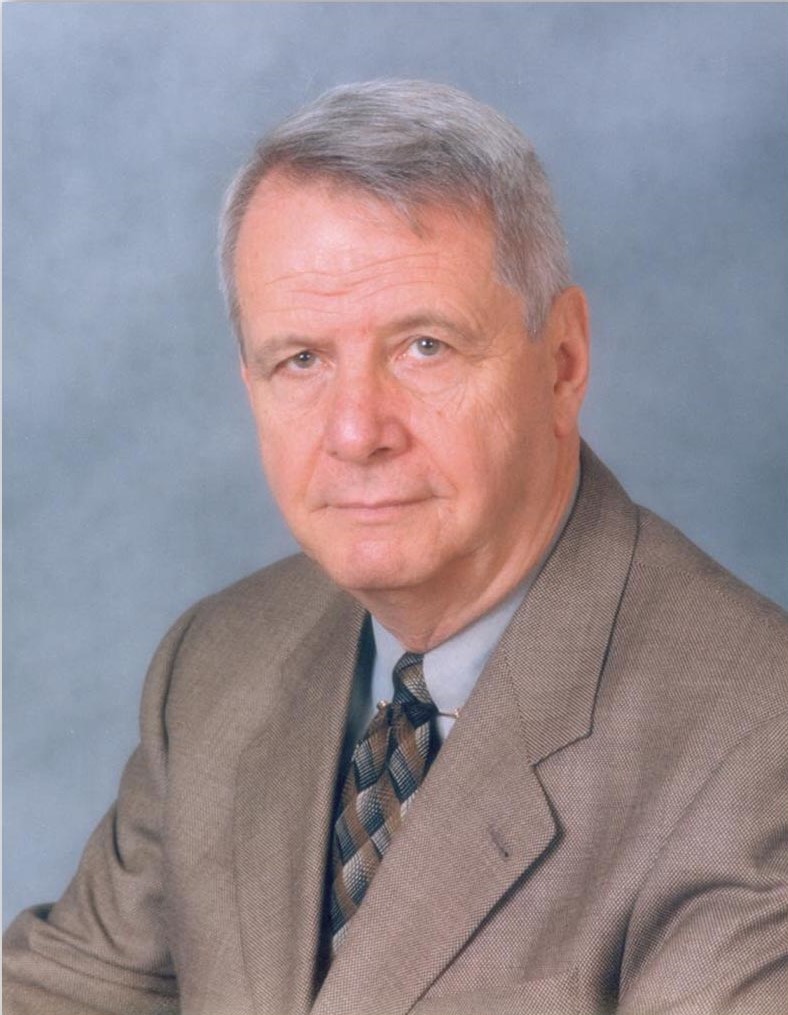
A University of Louisville study has found a connection between Medicaid expansion and improved quality of breast cancer care, including an increase in the early-stage diagnosis of the disease and greater utilization of breast-conserving surgery instead of more invasive treatments, such as mastectomy.
The study, “Evaluating the Early Impact of Medicaid Expansion on the Quality of Breast Cancer Care in Kentucky,” appears today on the website of the Journal of the American College of Surgeons in advance of print publication.
“We found several good things happened by the expansion of Medicaid,” said the study’s senior author, Hiram C. Polk, Jr., M.D., of the division of surgical oncology in the Department of Surgery at the UofL School of Medicine. “It really did work. The care was better because people were getting what they need.”
Since passage of the Affordable Care Act in 2010, 32 states and the District of Columbia have expanded Medicaid coverage, with the federal government covering the increased costs. Kentucky is one of the Medicaid expansion states, and the study looked at the effects of the expansion here.
“What we learned is that the expansion of some form of third-party coverage for health care leads to people doing more things that are intrinsically good for their health,” said Polk, who also has served as Kentucky’s public health commissioner.
UofL researchers who were co-authors on the study were Nicolas Ajkay, M.D., as first author; Neal Bhutiani, M.D.; Jeffrey Howard, M.D.; Charles Scoggins, M.D.; and Kelly McMasters, M.D., Ph.D. Also involved were researchers from the University of Kentucky.
The researchers looked at breast cancer as a marker of the impact of Medicaid expansion as it is “a very common cancer,” Polk said. “Our goal was to get an early measure of what really happened with Medicaid expansion.”
The study evaluated measures related to breast cancer from 2011 to 2016, using 2014 – the year Kentucky’s Medicaid expansion went into effect- as the cutoff between pre- and post-expansion.
“We knowingly took on the possibility of making too early of an observation on Medicaid expansion, but the degree of change that occurred so promptly in two years surprised me,” Polk said. “It’s amazing these changes happened in just two years.”
Researchers examined the Kentucky Cancer Registry for all women ages 20 to 64 who were diagnosed with breast cancer between 2011 and 2016.
From 2011 to 2013, 635,547 screening mammograms were performed in the state. That number increased to 680,418 from 2014 to 2016.
In 2011, 208,600 screening mammograms were performed, compared with 234,315 in 2016.
The number of screening mammograms covered by Medicaid increased from 5.6 percent before expansion to 14.7 percent after, and the number of women who had screening mammograms and were uninsured declined almost tenfold, from 0.53 percent before to 0.05 percent after expansion.
Breast cancer incidence and treatment rates did not vary significantly from year to year. But the changes in the rates of early-stage vs late-stage disease treated in the pre- and post-Medicaid expansion periods were statistically significant.
Early stage (stage I-II) breast cancers accounted for 64.5 percent of the diagnoses in 2011-2013, compared with 66.7 percent in 2014-2016. Late-stage (III-IV) cancers accounted for 15 percent, compared with 12.9 percent.
Rates for breast-conserving surgery increased significantly after Medicaid expansion, from 44 percent pre-expansion to 48.8 percent, while rates of other resections, including mastectomy, declined, falling from 50.5 percent to 44.5 percent.
While the time from diagnosis to surgical treatment for the disease was shorter before expansion, an average of 28.6 days compared with 36, two other key treatment variables were either unchanged or improved after expansion: time from the operation to chemotherapy (47.5 days before, and 46.6 days after); and time from the operation to radiation (96.4 days before, and 91.5 after).
“Chemotherapy and radiation didn’t happen as quickly as we’d like,” Polk said.
The study noted the findings were mirrored by experiences in other states, but Polk said a thorough analysis of the Medicaid expansion in Kentucky requires longer-term study.
“Two years is a very short run,” Polk said. “But on the other hand, it’s a very pure study.”




























